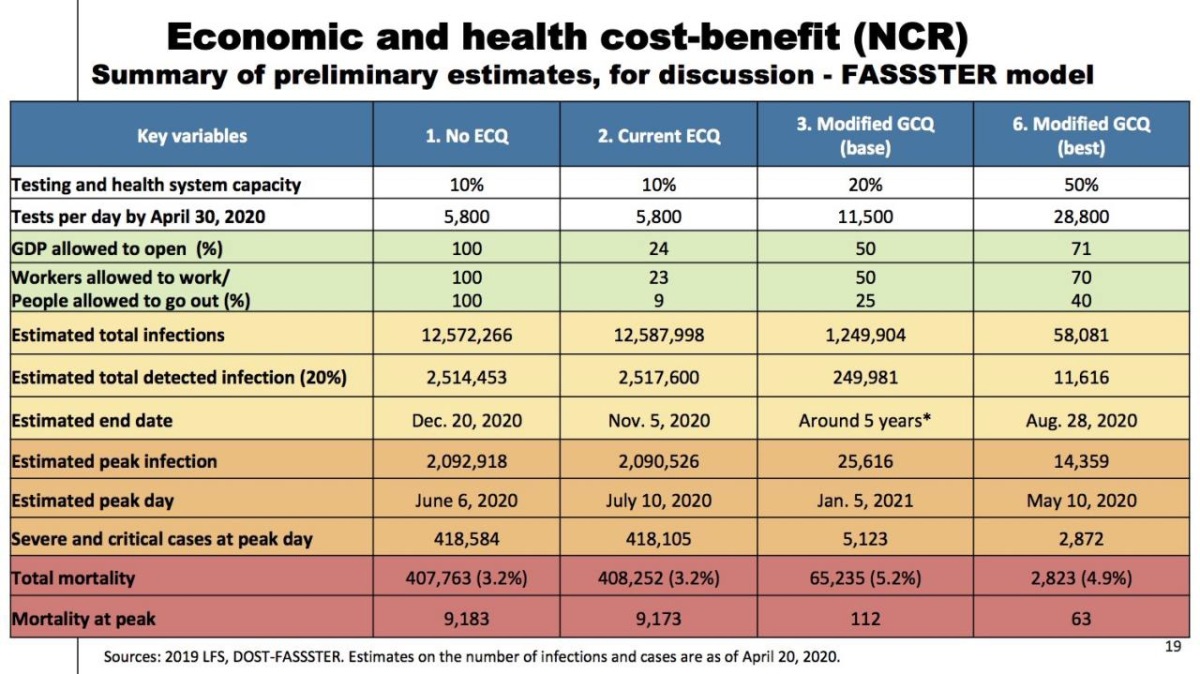My five siblings and I, including my two in-laws, keep a Viber group where we often exchange memes, artworks, and videos of our nieces, and in times like these, positions about things political and seemingly otherwise. I’m putting it lightly, considering that you can plot the eight of us neatly on a Cartesian plane and no two dots would be on the exact same point, no standpoint ever being in full agreement with another. There’s always a branching out, a curve, or a tone that each one of us bends the discussion to, as I presume it is in every family, rooted mostly in the different paths we have taken or are taking. Imagine, eight people stuck with each other with roughly 250 years of life between them.
Over the last weeks of March and the dawn of these lockdowns, the arguing was mostly between my older sister and I. She was (still is) at the frontlines in this COVID crisis and she hadn’t gone home to her husband and two daughters in more than two weeks, serving as one of the emergency room doctors in one of the leading private hospitals in Metro Manila. She was resolutely not in agreement with mass testing. On the left corner, I had been entertaining the thought of mass testing as the next, logical step we could take—led by government, of course—upon reading the World Health Organization’s (WHO) campaign for it and the supposed success it heralded in South Korea and other countries. The #MassTestingNow bloc was also the only pointed segment in civil society that was visible and moving.
I was taken by my political affinities when I campaigned, albeit briefly, on Twitter for #MassTestingNow. My sister, who is seldom online, saw it and immediately brought me to court in our Viber group, asking me what I thought it meant. I replied with what I thought mass testing entailed, optimistically citing the cases of South Korea and Wuhan, as talked about in an article by the New York Times, and the best-case scenario recommended by the WHO. I did not forget to include the statement prepared by a group called Scientists Unite Against COVID-19 which defines itself as a group of “concerned scientists, organizations and other citizens,” though there are no specific signatories in the statement.
Read More


Recent Discussion